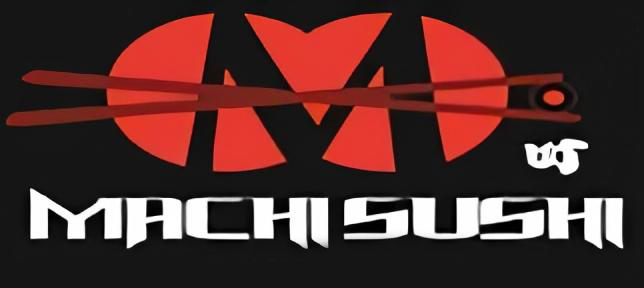

Why DOES Japanese food EQUALS HEALTHY food?
Ever wonder why Japanese people live longer and healthier lives? If you’ve visited Japan, you’d know that everyone, even 50 year olds look at least 10 years younger than their actual age. Even if you haven’t actually traveled and just seen Japan on TV, you will come to the same conclusion. But what’s the reason behind this sorcery? What do Japanese people eat that keeps their healthy life so quintessential? Let’s find out.
- Sushi and Sashimi
The literal meaning of sushi is sour rice or vinegar on rice. Today, sushi means raw fish with rice. The Japanese people consume sushi and sashimi in large quantities. Having this amount of fish in your diet can be thoroughly beneficial considering the fact that fish is rich in Omega-3 fatty acids. Omega-3 can improve your cardiovascular health immensely and not just that, it helps to boost your thinking power too. Some research generated evidence related to its benefits for skin and hair health. However, more evidence is needed to back this claim.
The best Nigiri sushi served at Machi Sushi in Victoria has the best Aburi seared tuna with a tempura crunch making it an exciting experience overall. It is highly recommended for people who love adventure.
Sushi Flame of Machi Sushi
- Less Or No Red Meat
Red meat is only popular among western and South Asian cultures around the world. The Japanese avoid it at most. While red meat is packed with loads of protein, it also contains saturated fats that pose a health risk in the elderly and people who suffer from cardiac diseases. If consumed frequently and in excess, red meat can potentially block your arteries and restrict blood flow. Therefore, if you cut red meat from your diet, you’re basically avoiding the chances of a potential heart attack or a cardiac arrest.
- Lots and Lots Of Rice
Japanese meals are absolutely incomplete without a serving of rice in them. Most Japanese include rice in all 3 meals of the day. Yes, breakfast too! Rice is good for quickly filling your stomach up with protein, vitamins, and zinc. Once you’re full, you won’t consider going for dessert or another serving of food that isn’t good for your health. If you want to make your rice meals even healthier, just substitute white rice with brown rice.
- Noodles
Udon Noodle Soup of Machi Sushi
The Japanese definition of delicious food refers to noodles. They don’t go around gobbling burgers or BBQ when they’re in for a treat. Luckily, the Japanese are immune from the concept of fast food. Instead, they consume noodles and rice. Soba noodles aren’t just scrumptious, they’re amazingly healthy too. If you aren’t a fan of wheat flour or gluten, soba noodles will be just right for you as they’re made with buckwheat flour. The ample amount of fibre in soba noodles is great for people with gastro issues.
Machi Sushi serves both soba noodle soup and udon noodle soup, which are the best comfort food after a long day.
- Vegetable Consumption
Unlike the western culture where children see broccoli in nightmares, the Japanese are fond of keeping vegetables in their diet. Even though fresh vegetables are not sufficiently supplied in the country, Japanese people combine vegetables like sprout, daikon, cabbage, etc. in most meals by slightly frying, boiling, or steaming them, to keep most of their nutrition.
While most cuisines in the world are bombarded by fats, spices, and cholesterol, the Japanese keep their cuisine simple and healthy. Cutting the fats and carbohydrates in your diet can effectively improve your overall healthy life. Your heart becomes healthier and your skin becomes smoother and tighter. Therefore, it’s safe to say that Japanese food has some sort of miraculous anti-aging properties.


